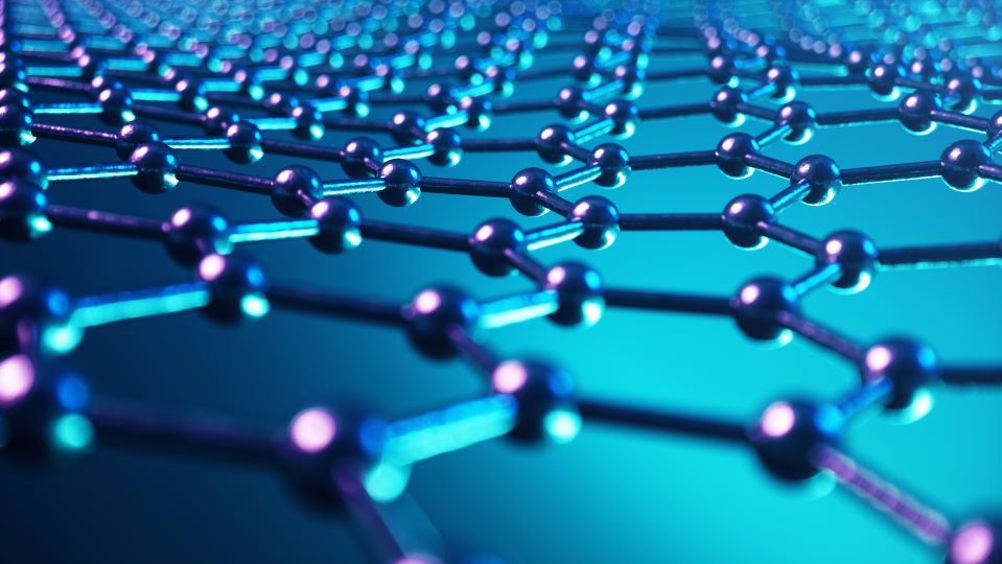Partnership set to produce graphene-based polymers for the hydrogen sector
Swedish materials technology company Graphmatech and UK-based climate-tech firm Levidian are to co-develop new graphene-based polymer solutions for the hydrogen sector and other high-growth industries.

The collaboration brings together Levidian’s LOOP plasma technology, which converts pre-combustion methane into hydrogen and carbon, with Graphmatech’s proprietary graphene integration and dispersion technology for the production of novel materials including advanced composite materials.
The carbon produced by Levidian’s LOOP system will be used to manufacture high-quality graphene. Graphmatech will then incorporate this sustainably sourced graphene into applications such as graphene-enhanced polymer liners for hydrogen pressure vessels
"We don’t see graphene producers as competitors—we see them as suppliers," said Dr Mamoun Taher, CEO of Graphmatech. "Our differentiation lies in how we process graphene. Many companies fail to disperse it properly, and as a result, it behaves more like graphite or carbon black. We overcome that challenge with a proprietary technology that maintains graphene’s unique properties."
Graphmatech’s Aros Graphene technology addresses a long-standing challenge in the industry, namely the tendency of graphene flakes to agglomerate (clump) together. This agglomeration reduces the material’s conductivity and strength depending on the application, forcing manufacturers to use large volumes to achieve the desired effect.
Register now to continue reading
Thanks for visiting The Engineer. You’ve now reached your monthly limit of news stories. Register for free to unlock unlimited access to all of our news coverage, as well as premium content including opinion, in-depth features and special reports.
Benefits of registering
-
In-depth insights and coverage of key emerging trends
-
Unrestricted access to special reports throughout the year
-
Daily technology news delivered straight to your inbox










Water Sector Talent Exodus Could Cripple The Sector
Maybe if things are essential for the running of a country and we want to pay a fair price we should be running these utilities on a not for profit...